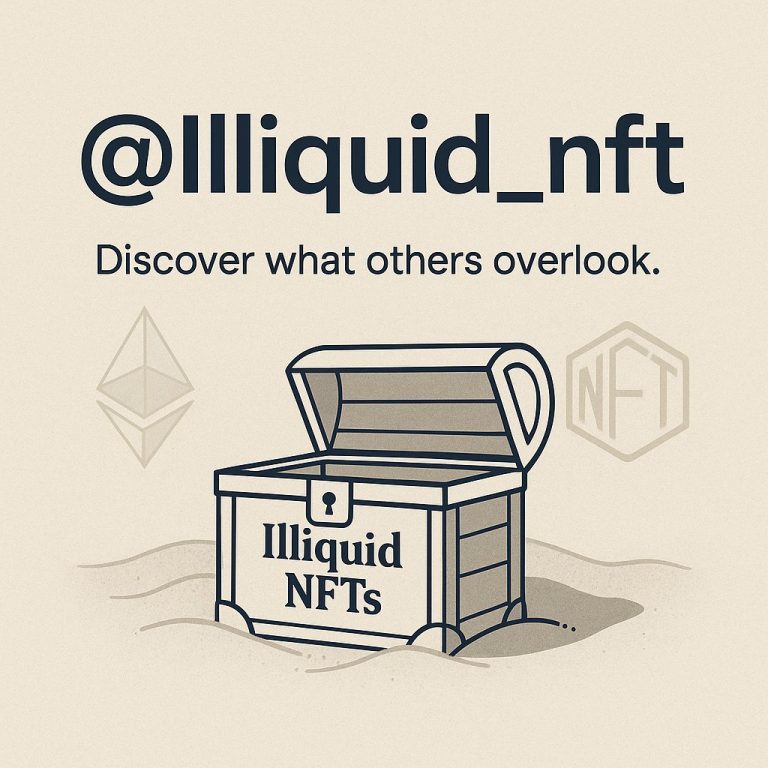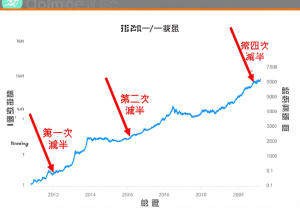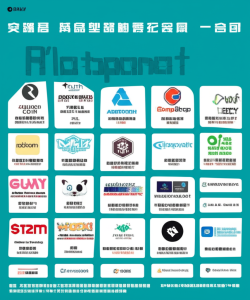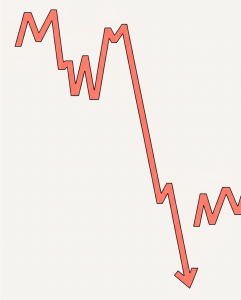
Unmasking Crypto Scams and the Power of Blockchain Recovery: An In-Depth Analysis
In the rapidly evolving world of cryptocurrencies, beneficiaries reap immense benefits, but victims frequently fall prey to sophisticated scams. Recent social media activity has shone a spotlight on fraudulent entities like Cryptexar and Dfxassets, which have defrauded numerous individuals of their digital assets. However, not all is lost; innovative recovery methods leveraging advanced blockchain analysis offer a beacon of hope. This report delves into the mechanics behind such scams, the challenges in crypto recovery, and how forensic blockchain techniques can spearhead digital justice.
—
The Rise of Crypto Scams: Cryptexar and Dfxassets in Focus
Cryptocurrency scams are hardly new, yet certain campaigns escalate in scale and complexity, exploiting burgeoning sectors like NFTs and decentralized finance (DeFi). Cryptexar and Dfxassets represent recent yet significant threats, captivating victims predominantly via social media and DeFi platforms.
These scams typically lure victims with promises of quick, high returns or exclusive NFT drops, often linked to popular blockchains like Solana. Victims might be encouraged to transfer funds, stake tokens, or interact with fraudulent smart contracts, unwittingly relinquishing control of their assets.
Why Are These Scams Effective?
– Anonymity and Irreversibility: Blockchain transactions, while transparent, offer pseudonymity. Once a transaction is confirmed, it cannot be reversed, providing scammers a safe pathway to abscond with assets.
– Complexity and Novelty: Many users lack deep technical understanding. Scammers exploit this knowledge gap, using jargon or complex mechanisms to mask fraud.
– Social Engineering: Promising partnerships and endorsements from credible-sounding entities increase user trust.
Social media campaigns by crypto recovery experts signal a growing awareness and initiative to tackle these frauds (David Burrows, Michael Bron, May 27, 2025).
—
Blockchain Forensics: The Science Behind Crypto Recovery
Emerging crypto recovery services champion the use of advanced blockchain analysis, or blockchain forensics, to trace stolen assets through the immutable ledger.
How Does Blockchain Analysis Work?
– Transaction Tracking: Every crypto transaction is recorded on public ledgers (e.g., Solana, Ethereum). Analysts trace the flow of stolen tokens by following transaction hashes, addresses, and smart contract interactions.
– Address Clustering and Attribution: Using heuristic algorithms, analysts identify clusters of addresses controlled by the same entity, allowing for mapping out scam networks.
– Exchange and Mixer Identification: Recovery experts pinpoint when stolen funds hit centralized exchanges or mixing services, essential junctures for potential asset freezing or recovery cooperation.
– Integration with AI Tools: New AI platforms like Chain_GPT offer automated smart contract auditing and NFT analysis, accelerating forensic capabilities and minimizing human error.
Challenges in Blockchain Forensics
Despite blockchain transparency, several barriers complicate recovery:
– Use of Privacy Coins or Mixers: Scammers often transfer stolen assets through privacy-focused coins or tumblers, obscuring the trace.
– Cross-Chain Movement: Tokens may move across different chains, requiring multi-ledger expertise.
– Legal and Jurisdictional Hurdles: Even when traced, recovery is contingent on collaboration with exchanges, jurisdictions, and law enforcement.
—
The Role of Experts and Communities in Fighting Back
Prominent figures such as David Burrows and Michael Bron have publicly declared their commitment to assisting scam victims, combining their technical expertise with community outreach.
Services Provided
– Forensic Analysis and Reporting: Creating detailed reports for victims to present to authorities or exchanges.
– Coordination with Exchanges: Engaging centralized platforms to freeze or reclaim stolen funds.
– Legal Liaison: Connecting victims with legal counsel to pursue civil or criminal remedies.
– Awareness Campaigns: Educating the wider crypto community about common scam tactics and prevention.
—
Market and Technical Context: NFTs, Solana, and Cryptocurrency Trends
The targeted blockchains and assets are worth noting. Solana, a high-throughput blockchain, has seen widespread NFT adoption, making it an attractive vector for scams. Technical analysis also highlights shifting market momentum, with Bitcoin facing a potential pullback around $100K as of late May 2025, which may influence scam activity levels and investor behavior.
—
Conclusions: Toward a More Resilient Crypto Ecosystem
The Cryptexar and Dfxassets scams exemplify the persistent threats in decentralized finance and digital assets. However, the convergence of blockchain transparency, AI-enhanced forensic tools, and dedicated expert intervention offers a path to mitigate losses and deter fraudsters.
– Empowering Users: Educating community members about the signs of scams and safe practices remains paramount.
– Leveraging Technology: AI and blockchain analytics can transform how investigations unfold, restoring stolen assets more efficiently.
– Strengthening Ecosystems: Collaboration between developers, exchanges, law enforcement, and recovery experts fosters trust and security.
This ongoing battle between scammers and defenders will shape the future integrity and adoption of blockchain technologies.
—
References and Further Reading
– David Burrows || Crypto Recovery Expert’s Twitter
– Michael Bron Twitter on crypto recovery
– Chain_GPT AI Tools for Blockchain
– Solana Blockchain Explorer
– Bitcoin Technical Analysis on Market Trends
—
The evolving domain of cryptocurrency, though fraught with challenges, promises innovative solutions. By demystifying blockchain scams and illuminating recovery methods, this report aims to empower readers to navigate the digital asset landscape with vigilance and confidence.







